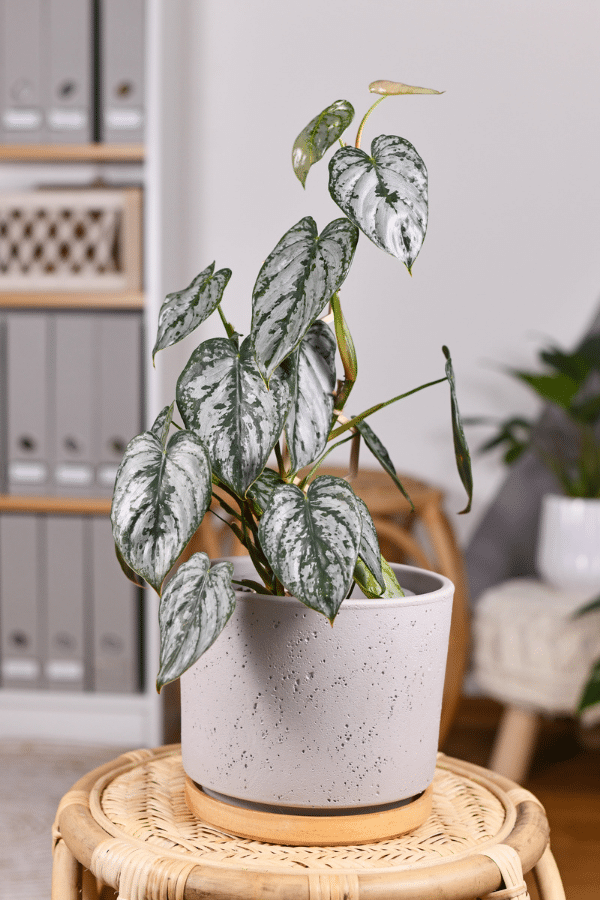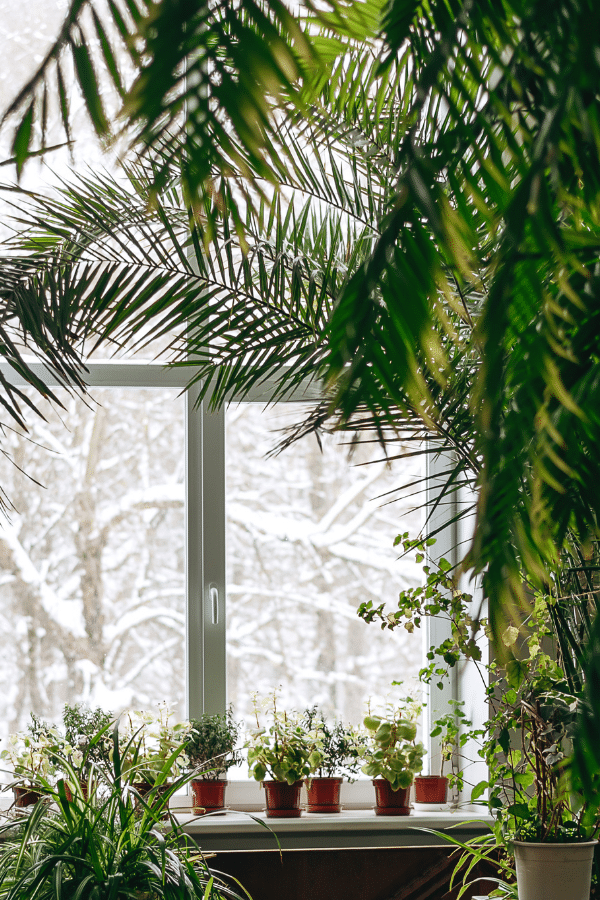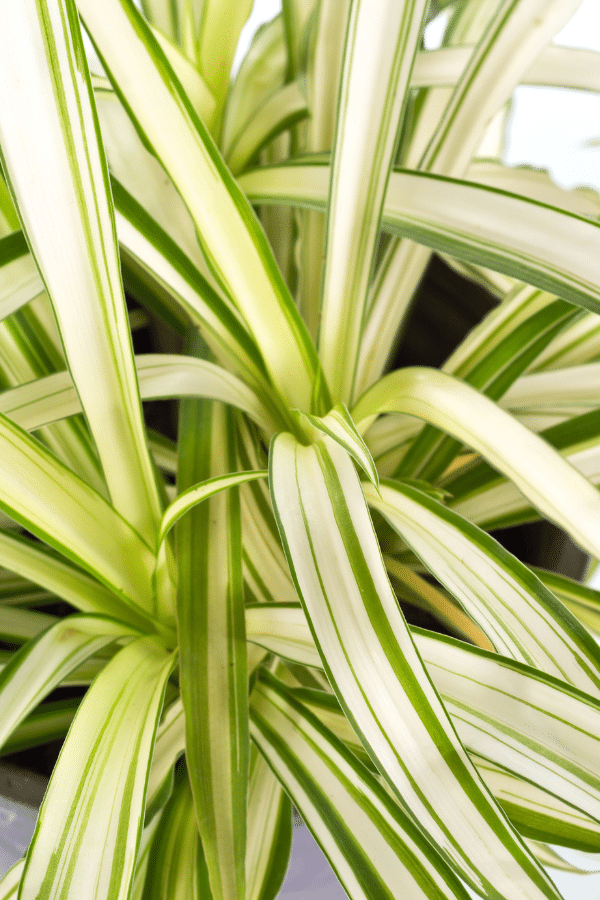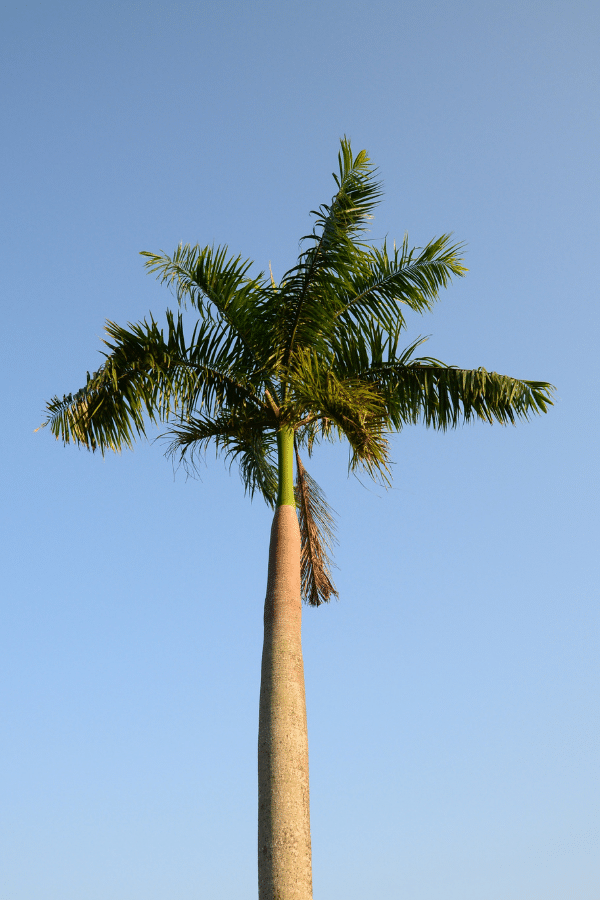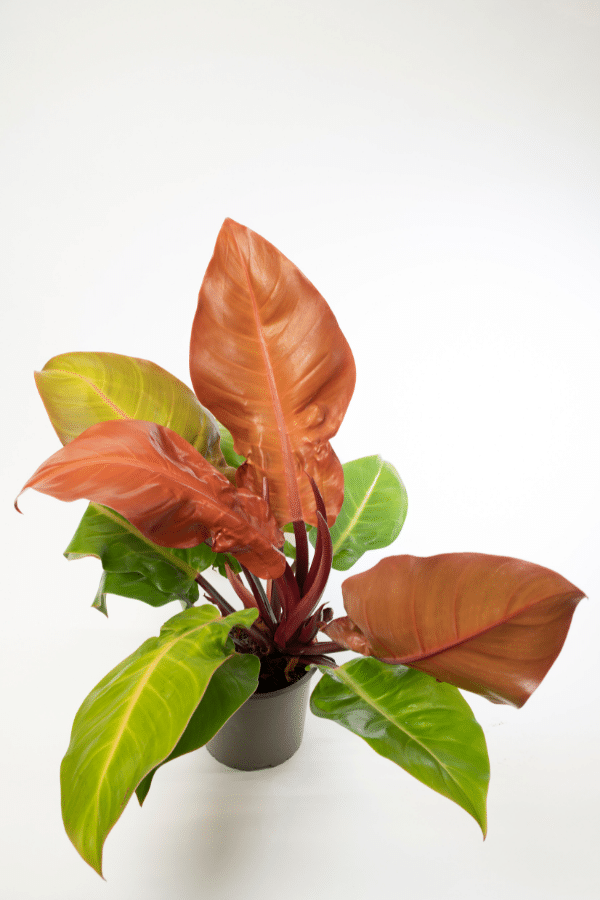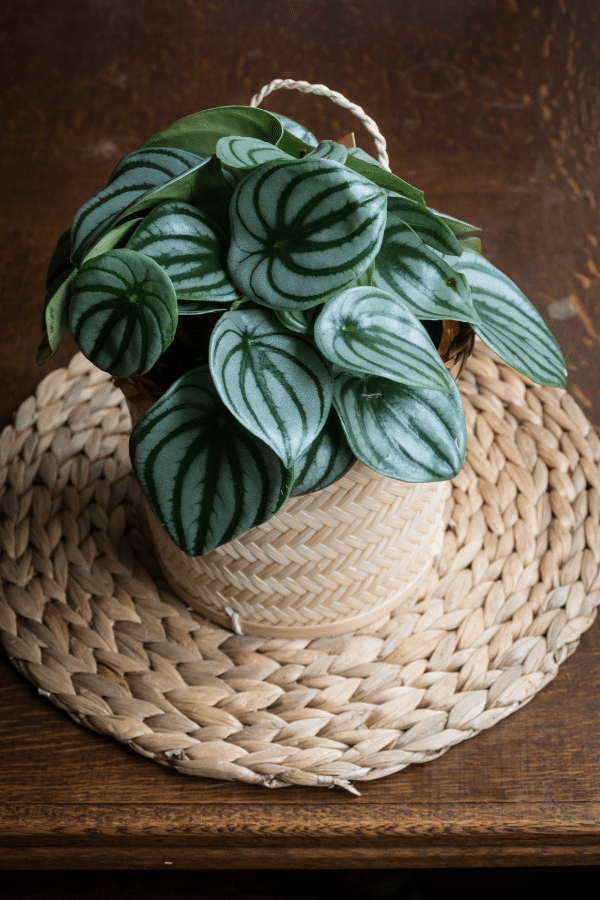Philodendron Bipennifolium
Scientific Name: Philodendron Bipennifolium
Common Name: Horsehead Philodendron
Philodendron Bipennifolium care is an easy Philodendron to grow and care for, like many Philodendrons. If you want a foliage-rich houseplant with unique and gorgeous green leaves, a Philodendron Bipennifolium plant may be for you.
To give this Philodendron plant the best care, it requires well-draining soil, keep the soil moist by watering often, provide it with bright indirect sunlight, temperatures ranging from 75-85F, and high humidity levels.
Quick Care Overview
| Common Name | Horsehead Philodendron |
| Scientific Name | Philodendron Bipennifolium |
| Family | Araceae |
| Origin | South America |
| Growth Rate | Fast |
| Identification | Green thick lobed leaves |
| Height | Up to 5 feet tall |
| Soil | Well-draining soil |
| Water | Keep soil consistently moist |
| Temperature | 75-85F |
| Sunlight | Bright indirect sunlight |
| Toxic to Cats & Dogs | Yes |
| Toxic to Humans | Yes |
| Pests | Aphids, scale |
| Diseases | Root rot, leaf spot, blight, Xanthomonas |
Below we will dive deep into this Philodendron Bipennifolium care guide.
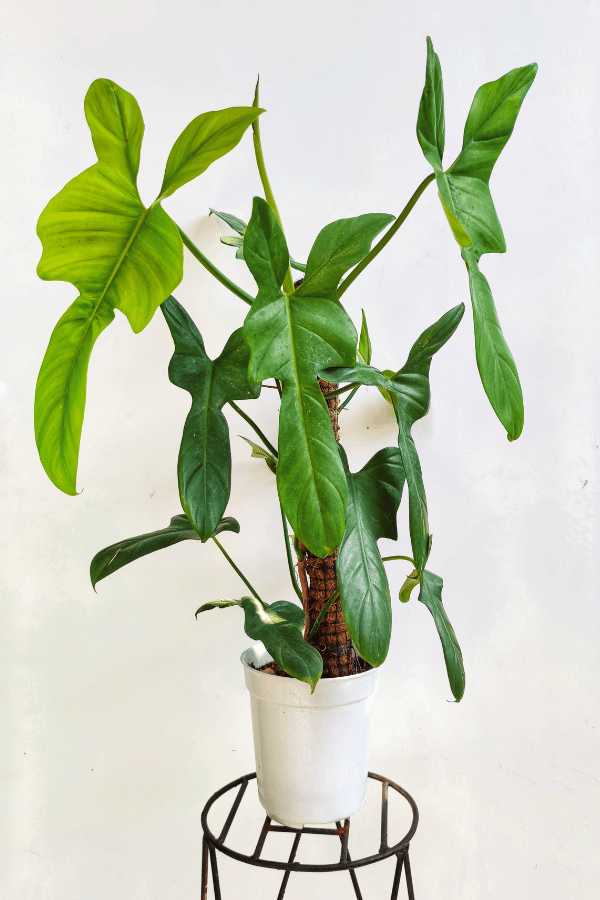
Philodendron Bipennifolium History
South American native, Philodendron Bipennifolium is a shade-loving Philodendron known by the names Fiddle Leaf Philodendron, Lacy Tree Philodendron, Selloum, and Horsehead Philodendron. This rainforest-dwelling tropical epiphytic plant may now be found across the world climbing up trees due to its incredible ability to adapt to various environments. Its foliage resembles the shape of a horse’s head or a violin.
Philodendron Bipennifolium Identification
This climbing Philodendron presents with large plain leaves that appear to take on a shape similar to a violin or horse’s head. Some varieties have variegation or are known to change hues. This Philodendron has thick stems and thick lobed leaves.
Philodendron Bipennifolium Growth Facts
This quick-growing plant will attach to anything it touches. It does well when allowed to climb up poles and trellises.
How Big Does a Philodendron Bipennifolium Get?
Philodendron Bipennifolium will grow up to five feet tall.
Philodendron Bipennifolium Care
Philodendron Bipennifolium is a very easy to care for plant due to its epiphytic and adaptable nature. This plant requires little feeding and will tolerate lower light conditions than many other tropical plants.
Philodendron Bipennifolium Soil
Philodendron Bipennifolium will require loose, airy, well-draining soil mix. A commercial potting soil with incorporations of coarse sand and perlite will treat your plant nicely.
Philodendron Bipennifolium Fertilizer
Philodendron Bipennifolium is not considered a heavy feeder. It will only require feeding from a granular slow-release fertilizer a couple of times a year. This plant is very sensitive to chemical salts and overfertilization, so liquid fertilizer is not suggested. Ensure that you follow all label instructions and do not overfertilize. It is unnecessary to fertilize your plant in late fall and winter, as this may easily lead to overfertilizing.
Philodendron Bipennifolium Watering
Philodendron Bipennifolium likes to remain consistently moist but not oversaturated with water. Therefore, you should check the soil every few days and rewater your plant after the top one inch of soil has become dry. As this plant is very susceptible to root rot, it is better to underwater your plant than overwater, but you should never allow your Philodendrons soil to dry out completely.
Philodendron Bipennifolium Light Requirements
Philodendron Bipennifolium is a shade-tolerant plant that likes to be grown in bright, indirect light. However, the foliage of Philodendron Bipennifolium is exceptionally susceptible to sun scorching, so be sure never to leave it in direct sunlight.
Philodendron Bipennifolium Temperature & Humidity
Philodendron Bipennifolium, being a tropical plant, will like to be kept between 75-85 degrees Fahrenheit at all times. This plant will not tolerate cold or freezing temperatures. Additionally, as this plant is native to a tropical rainforest, it will like to be kept in environments with high humidity. You may increase your home’s humidity easily by installing a humidifier or pebble tray.
Repotting Philodendron Bipennifolium
Philodendron Bipennifolium will only need to be repotted every 2-3 years or whenever roots are seen poking out from its container. Select a container that is 1-2 inches larger than the previous container. For the greatest success, you should thoroughly water your Philodendron a few hours before repotting, transplant in the evening, and water thoroughly after transplanting.
Philodendron Bipennifolium Maintenance & Pruning
Your Philodendron Bipennifolium will require periodic pruning annually to keep it healthier. Periodic pruning will help to keep this plant’s growth more manageable, as it tends to take up quite a bit of space. The best time for pruning is in early spring before active growth begins. As this plant is toxic to humans, you may want to wear gloves before pruning.
Philodendron Bipennifolium Propagation
You may propagate your Philodendron Bipennifolium easily through stem cuttings. To propagate, take a cutting below a node using a sharp, sterilized blade. Cuttings should be 2-4 inches long and have at least two leaves attached. Allow your cutting(s) to callus for several days before planting. Next, place your cutting(s) in soil and water thoroughly and place in indirect sun. Keep moist until established.
Philodendron Bipennifolium Toxicity
Toxicity to Humans
This Philodendron is considered toxic to humans due to its calcium oxalate crystal content. You should not ingest this plant.
Toxicity to Cats & Dogs
Unfortunately, Philodendron Bipennifolium is considered toxic to pets. Do not allow your pet to consume this plant. However, if you suspect that your cat or dog has ingested any portion of this plant, contact your veterinarian or animal poison control immediately.
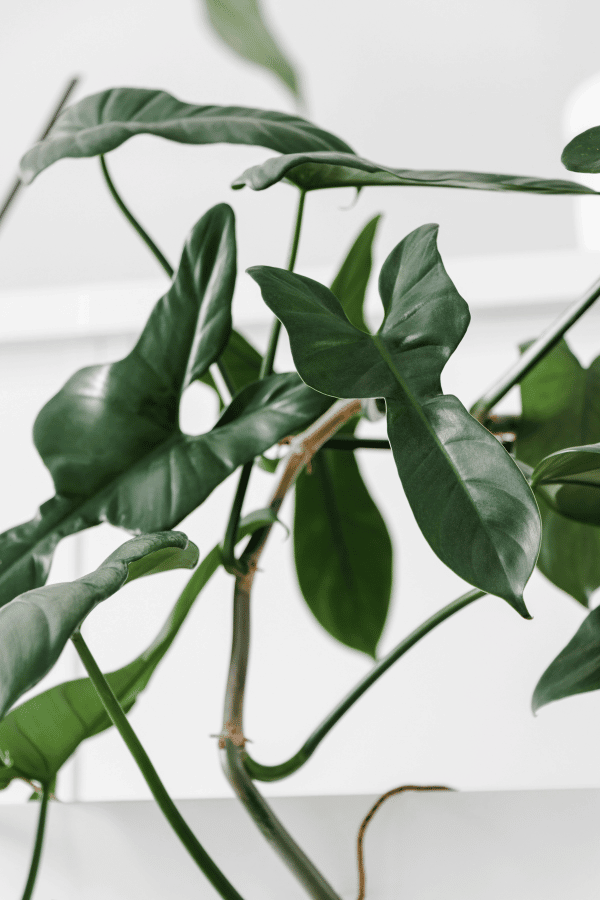
Philodendron Bipennifolium Problems
Philodendron Bipennifolium Leaves Turning Yellow
The most common cause of yellowing leaves when it comes to this Philodendron is due to improper light exposure or underwatering.
Philodendron Bipennifolium Leaves Turning Brown
When the foliage of Philodendron Bipennifolium turns brown, it is often from intense direct sunlight or due to overwatering. Adjust the light the plant receives by moving it farther away from a window or using a sheer curtain to block direct light.
Philodendron Bipennifolium Diseases
Typically, this plant is seen as generally disease resistant. However, it may suffer from plant diseases such as blight, leaf spot, Xanthomonas, and root rot. Ensure that you do not overwater your plant.
Philodendron Bipennifolium Pests
Philodendron Bipennifolium is relatively pest-resistant but may become susceptible to common indoor houseplant pests, such as scale and aphids. Upon infestation identification, isolate your plant and treat it with a pesticide, such as neem oil or insecticidal soap.

